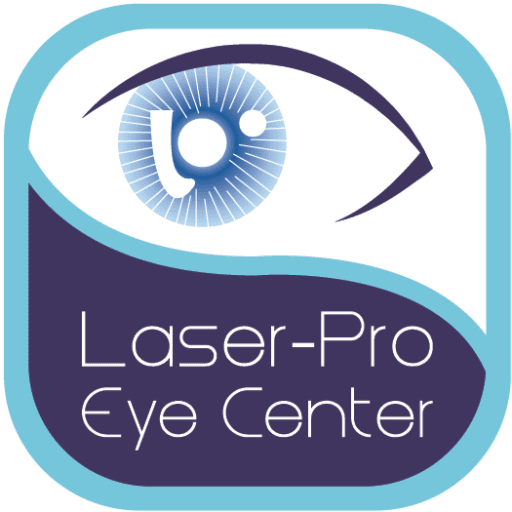Diabetic Retinopathy
Treatment
What is Diabetic Retinopathy?
Diabetic retinopathy (DR) is an important cause of preventable blindness worldwide. DR is a complication of diabetes mellitus (DM) that damages the retina. Retina helps you see by acting as the film projector in the back of your eye, projecting the image to your brain. Diabetes damages the tiny blood vessels that nourish the retina. In the early stages, known as non-proliferative or background retinopathy, the vessels in the retina weaken and begin to leak, forming small, dots of bleeding.
When retinopathy advances, the decreased blood circulation deprives areas of the retina of oxygen. DR can lead to severe visual loss or blindness in 2 ways.
- Diabetic maculopathy: when macula (the central part of your retina that provides you with sharp, central vision) become swollen
- Proliferative DR: New, abnormal, blood vessels may then start to grow along the retina and surface of the vitreous (the transparent gel that fills the inner part of the eye). These delicate new vessels can bleed easily causing “floaters” (spots that appear to drift in front of the eyes), along with decreased vision. Scar tissue may formed which can pull off the retina, causing a tractional retinal detachment (TRD). In the later phases of the disease, continued abnormal vessel growth and scar tissue may cause a total retinal detachment and glaucoma. The result of either problem, if left untreated, is loss of sight and potentially blindness.
Symptoms of Diabetic Retinopathy
You may not be aware the symptoms of DR in the initial stages of the condition, unless it progresses into a more severe stage. The symptoms of DR include:
- Blurred vision
- Sudden loss of vision in one eye
- Seeing rings around lights
- Dark spots or flashing lights
The following are the risk factors for accelerating DR:
- Poorly-controlled diabetes
- A long duration of diabetes
- High blood pressure
- Elevated blood cholesterol levels
- Sleep apnea
- Gestational diabetes (diabetes during pregnancy)
Tests for Diabetic Retinopathy
Dilated retinal examination: to examine retina and detect the presence of any diabetic changes in the eye
Diagnostic tests as follow to assess the severity of DR and to determine the best mode of treatment:
- Fundus fluorescein angiogram (FFA)
- Optical coherence tomography (OCT)
Treatment of Diabetic Retinopathy
In mild cases, treatment is not necessary. Regular eye exams are critical for monitoring progression of the disease. Strict control of blood sugar and blood pressure levels can greatly reduce or prevent DR. In more advanced cases, treatment is recommended to stop the damage of DR, prevent vision loss, and potentially restore vision.
Treatment options include:
- Intravitreal Anti-VEGF injections: anti- VEGF is an antibody designed to remove excess VEGF (vascular endothelial growth factor) in the eye that is causing the disease.
- Laser Therapy: Laser is used to make retinal blood vessel shrinks and stop leaking to reduce macular edema and to reduce abnormal blood vessel growth
- Vitrectomy: removing vitreous gel and leaking blood vessels or scar tissue to improve vision
How to Prevent Diabetic Retinopathy
- Visit your ophthalmologist or optometrist at least once a year. You may be recommended to visit more or less frequently depending on your situation.
- Maintain optimal blood glucose levels, blood pressure and blood cholesterol.
- Keep your HbA1c (a test of your average blood glucose level over three months)level lower than 7%. However, different people have different HbA1c target so talk to your healthcare team about what your target should be
How to Prevent Diabetic Retinopathy
- All individuals with either Type I or Type II diabetes should be screened annually.
- The interval for follow-up assessments should be tailored according to the severity of the retinopathy. In those with no or minimal retinopathy, the recommended interval is one to two years.
- Women with type I or type II diabetes or women who plan to become pregnant should be screened before conception, during the first trimester, as needed during pregnancy and within the first year post-partum.
